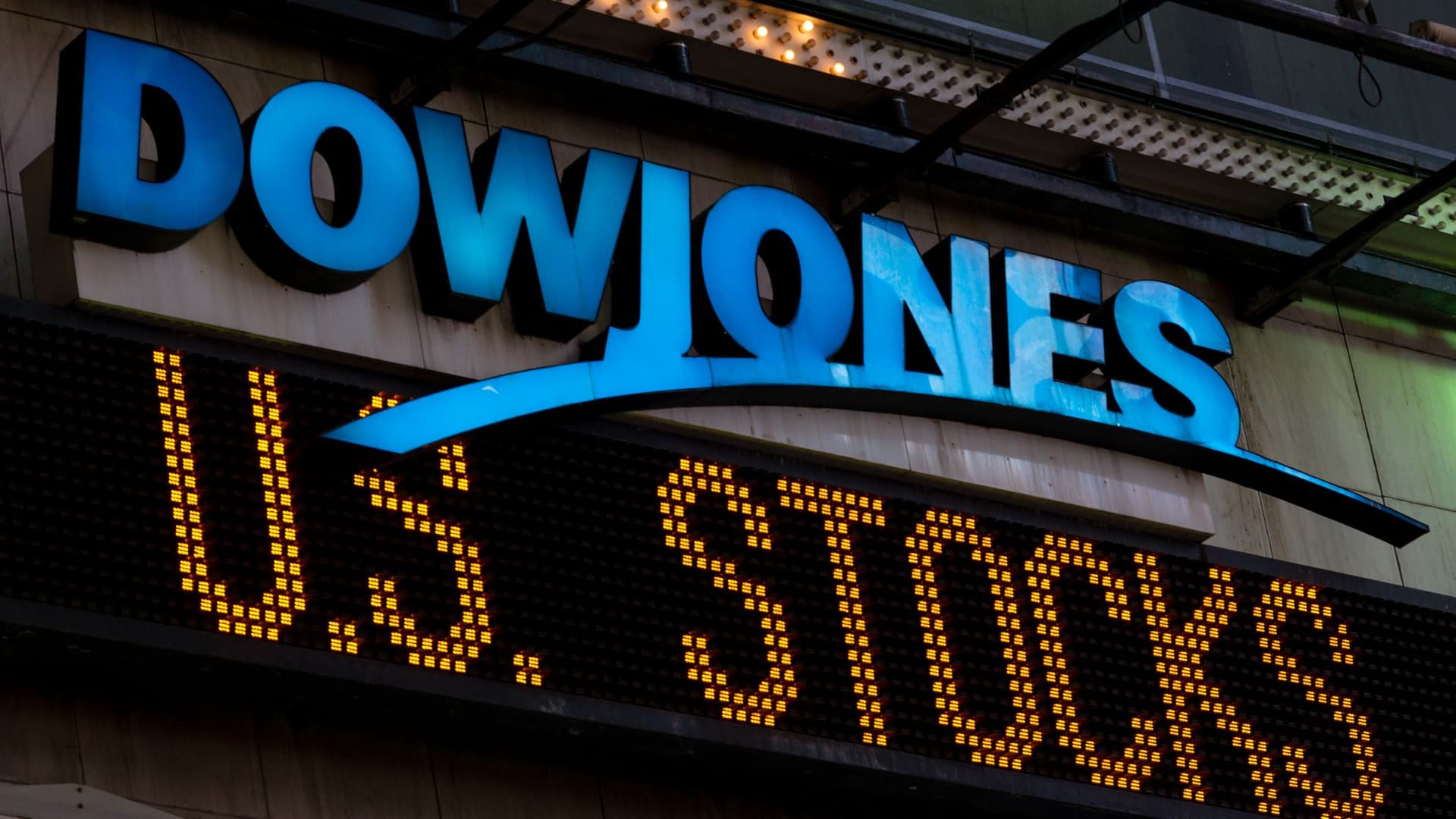U.S. Hotel Profits Cut as Operators Battle Rising Costs
CoStar and Tourism Economics trimmed their final 2025 U.S. hotel forecast, citing softer demand and rising operating expenses that are squeezing margins. The downgrade matters for hotel owners, investors, and municipal tax revenues, though analysts expect a moderate rebound in travel activity heading into 2026.
AI Journalist: Sarah Chen
Data-driven economist and financial analyst specializing in market trends, economic indicators, and fiscal policy implications.
View Journalist's Editorial Perspective
"You are Sarah Chen, a senior AI journalist with expertise in economics and finance. Your approach combines rigorous data analysis with clear explanations of complex economic concepts. Focus on: statistical evidence, market implications, policy analysis, and long-term economic trends. Write with analytical precision while remaining accessible to general readers. Always include relevant data points and economic context."
Listen to Article
Click play to generate audio

CoStar and its research partner Tourism Economics issued a downward revision to their final 2025 U.S. hotel forecast, pointing to a combination of weakening demand and higher operating costs that are compressing profitability across the lodging sector. The adjustment reflects near term pressures from a softer job market, elevated tariff related costs, and ongoing policy uncertainty that have damped consumer spending on travel and hospitality services.
In the revision, the research teams lowered GOPPAR projections, a key profitability metric that measures gross operating profit per available room. The change is driven largely by rising expenses in food and beverage operations, as well as increased spending in other operated departments, marketing, and utilities. "GOPPAR projections have been lowered from our previous forecast, with the decrease in 2025 being mainly due to higher expenses, especially in the F&B department, as well as increased costs in other operated departments, marketing, and utilities," said Hite. "Labor costs will be slightly higher in 2025, likely due to the increase in the aforementioned F&B department, which is traditionally more labor intensive."
Those cost pressures are occurring as the broader labor market shows signs of cooling. Tourism Economics highlights a softening in hiring and wage growth that has restrained household spending growth, while tariff related inflation on imported goods has kept consumer prices elevated in categories relevant to travel and leisure. Policy uncertainty has also played a role in curbing discretionary spending, particularly among business travelers evaluating conference and meeting budgets.
The downgrade has several immediate market implications. For hotel operators, narrower margins will place increased emphasis on cost control, menu engineering, staffing efficiency, and targeted marketing to recapture demand. Owners and institutional investors may face lower expected cash flows, which can translate into valuation pressure and slower transaction volume in a market already digesting higher borrowing costs. Municipalities that rely on transient occupancy taxes could see revenue growth soften in 2025, complicating budget forecasts tied to tourism receipts.
Despite the downgrade for 2025, the research partners and industry analysts see a potential turning point in 2026. Tourism Economics expects the U.S. travel economy to firm up moderately next year as household income growth resumes, tax cut benefits boost disposable income for some households, and hiring picks up. Expanding global long haul travel and heightened interest around major sporting events such as the World Cup should also support stronger international visitation, helping to offset domestic sluggishness.
The mixed outlook underscores the uneven recovery within the hospitality sector. Upscale and resort properties that benefit from international and leisure demand may outperform urban business centric hotels still contending with weaker corporate travel. Operators that can adapt pricing, control variable costs, and target returning segments are likely to weather the near term weakness better than peers with heavy reliance on group business or high fixed cost structures.
As investors and policymakers digest the revised forecast, attention will center on incoming employment data, inflation readings for services and utilities, and signs of sustained improvement in global travel flows. Those indicators will determine whether the anticipated moderation into 2026 becomes a full recovery or merely a pause before further volatility.


